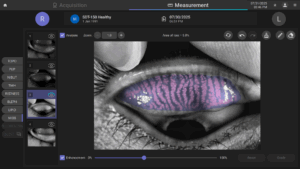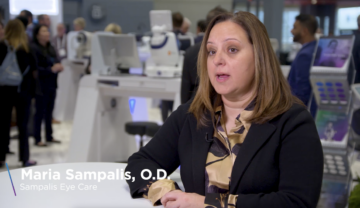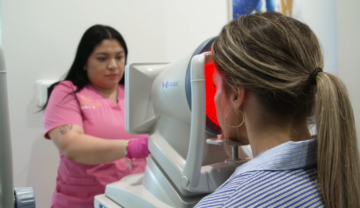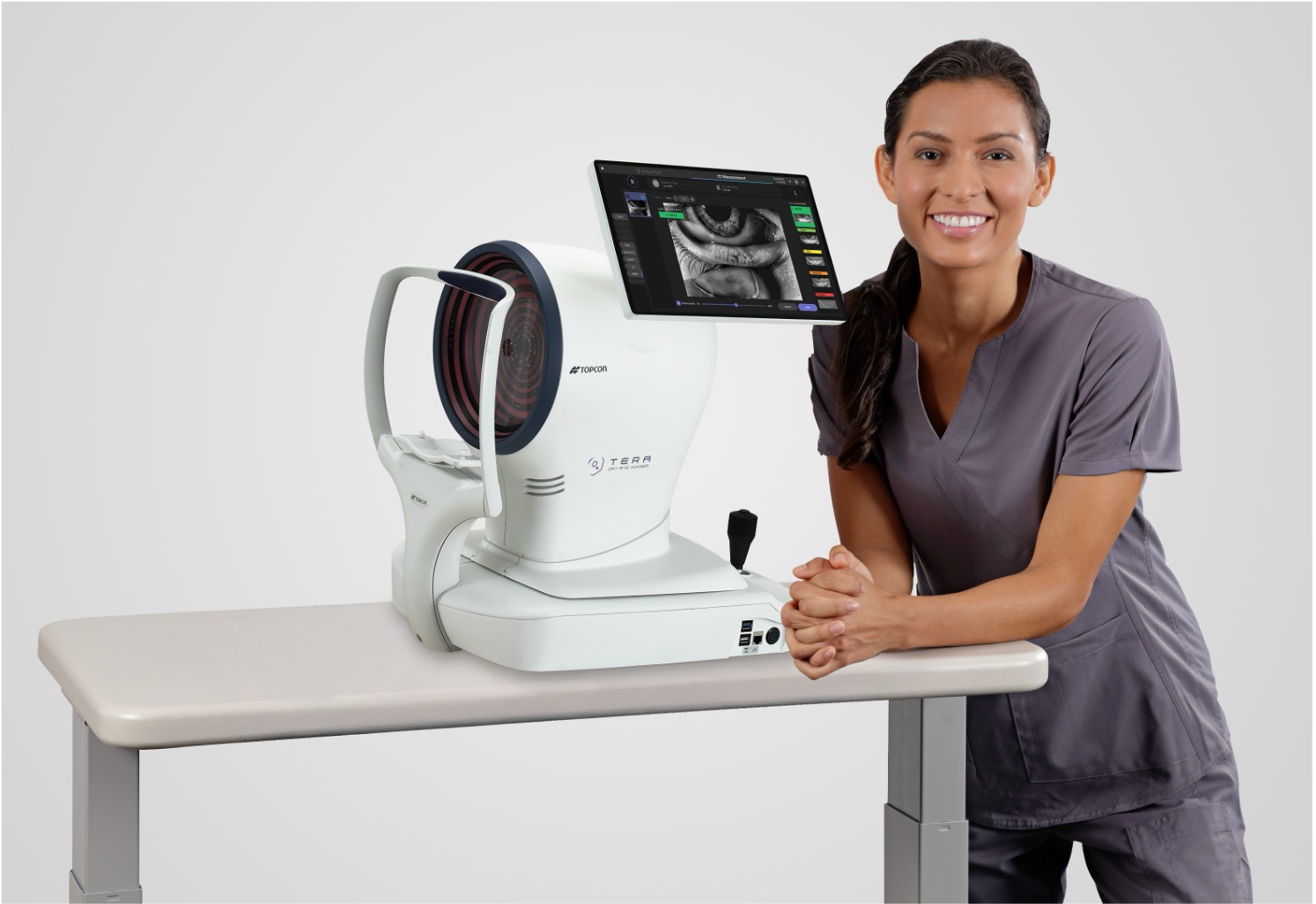
Streamline Workflow with Automation
Automated to delegate testing and save time in the exam lane.
Build Clinical Confidence
Designed to empower confident clinical decisions with data-driven insights following new DEWS III guidelines.¹
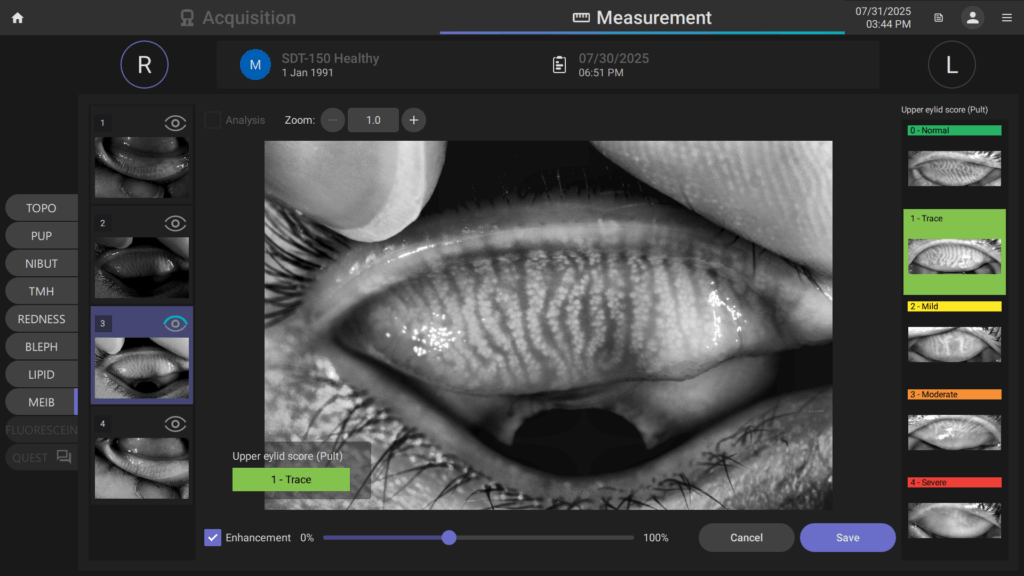
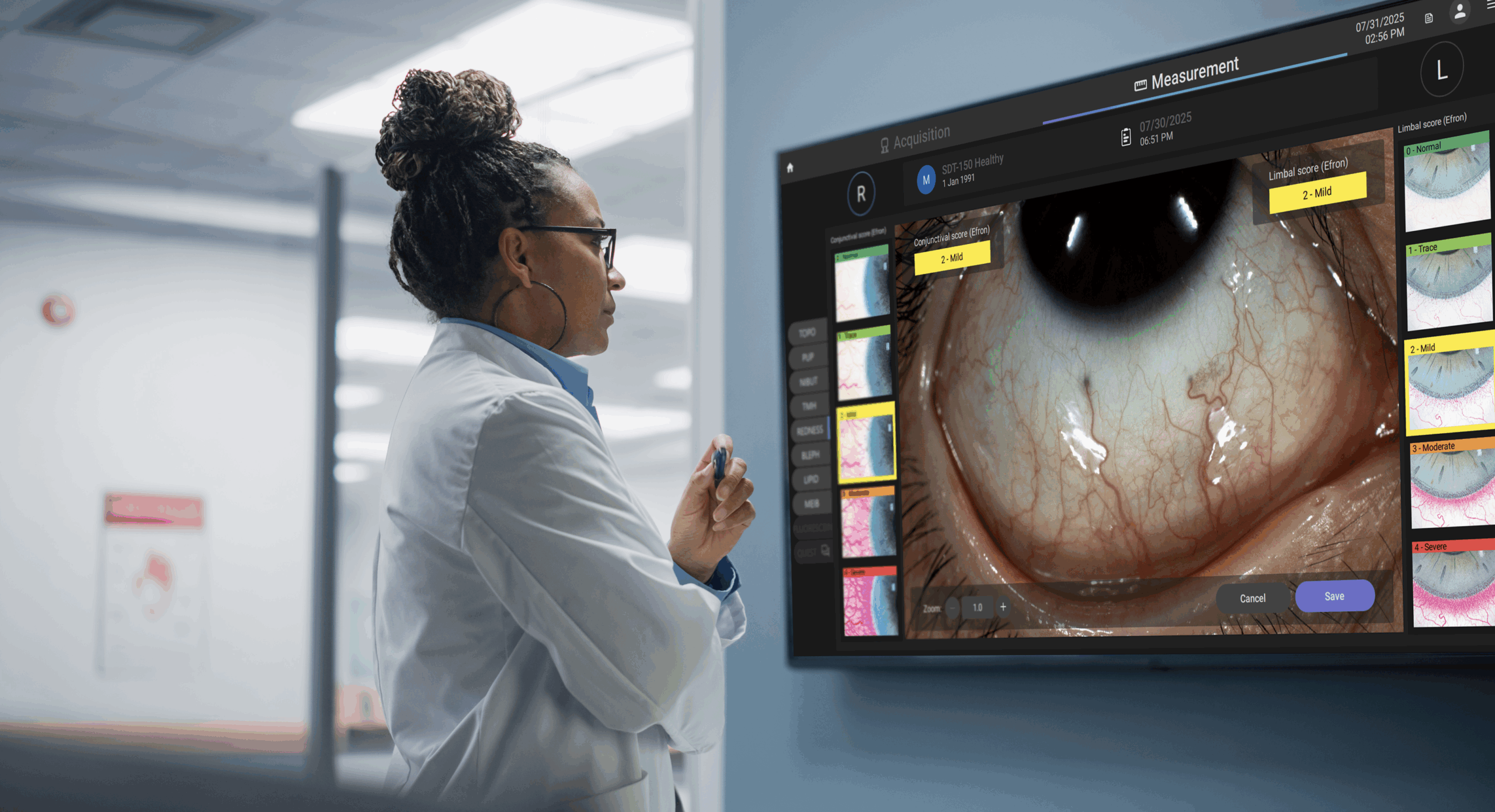
Fuel Practice Growth
Optimized to improve treatment acceptance and drive emerging revenue opportunities.
Key Features
- CORNEAL ANALYSIS: Captures corneal topography, anterior corneal wavefront (Zernike) analysis, and white-to-white measurement in a single capture to support diagnosis and monitoring of corneal irregularity and guide custom contact lens fitting.
- DYNAMIC AND STATIC PUPILLOMETRY: Measures pupil size, centration, and light response under various conditions to support diagnosis and patient discussions.
- NON-INVASIVE TEAR BREAK-UP TIME (NIBUT): Automated capture of tear film stability for dry eye screening and diagnosis.
- MEIBOMIAN GLAND IMAGING AND ANALYSIS: Visualizes and evaluates meibomian gland structure and loss.
- HIGH-RESOLUTION COLOR IMAGING: Supports evaluation of blepharitis and conjunctival redness to aid diagnosis, documentation, and patient education.
- PATENTED DIFFUSED WHITE LIGHT: Provides uniform illumination that minimizes glare and enhances image clarity, delivering clear visualization of the tear film lipid layer.
- FLUORESCEIN IMAGING: Evaluates signs of ocular surface staining and enhances assessment of contact lens fit.
- VALIDATED CLINICAL GRADING SCALES: On-screen access to clinically validated scales (Efron, JENVIS, Meiboscale, Guillon) ensures consistent evaluation, documentation, and patient communication.
- INTEGRATED DRY EYE QUESTIONNAIRES (OSDI-6 and DEQ-5): Effectively capture patient-reported symptoms with validated dry eye questionnaires, including the OSDI-6 survey recommended by DEWS III guidelines.
- TEAR MENISCUS HEIGHT: Quantifies tear volume to identify drivers of dry eye disease and assess aqueous insufficiency.
¹ Wolffsohn JS, Benítez-Del-Castillo J, Loya-Garcia D, et al. TFOS DEWS III Diagnostic Methodology. Am J Ophthalmol.
Ready to learn more?







